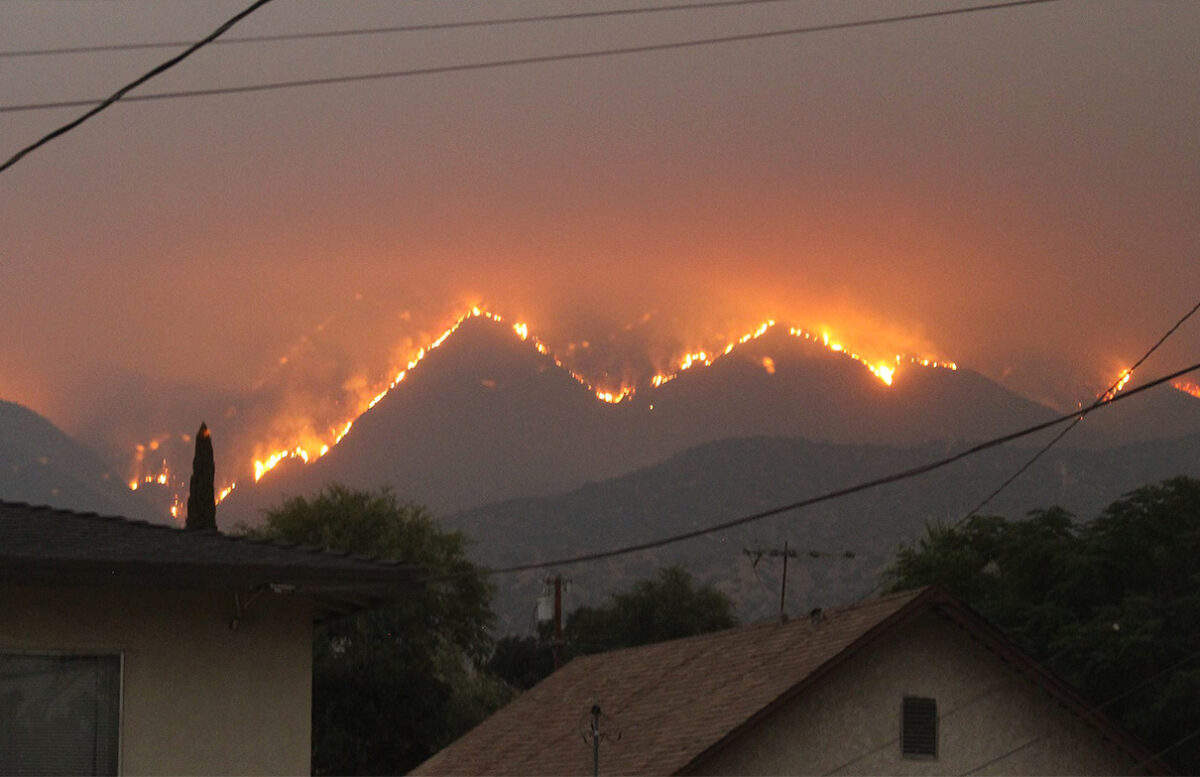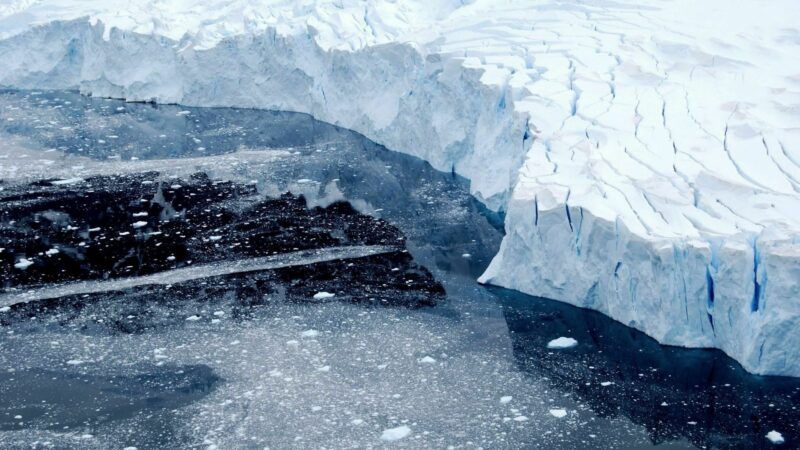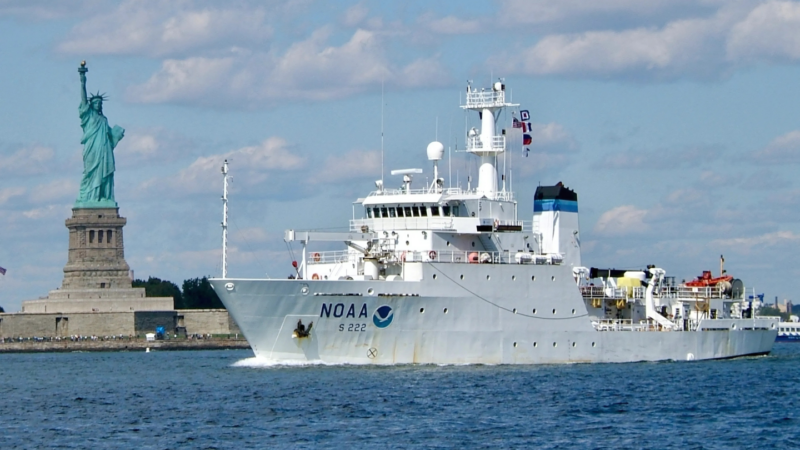
Why are California’s wildfires getting worse? Experts explain what we know
With lives, communities, natural resources and billions of dollars’ worth of property hanging in the balance, why this is happening and the most important causes to address have become a…
Since 1980, fires have gotten significantly larger and more severe across California and the western United States, vastly increasing the amount of destruction they cause.
With lives, communities, natural resources and billions of dollars’ worth of property hanging in the balance, why this is happening and the most important causes to address have become a hot-button issue for leaders in academia, government and business. Many have focused on individual causes such as land management or climate change, but the answer is more complicated.
To better inform the debate, wildfire experts from 15 universities, research institutes and government agencies authored a paper — published in the International Journal of Wildland Fire — that synthesizes the latest research on wildfires and their causes. The paper’s authors examined climate data, land cover changes, historical land management, fire suppression, and changing environments and ecosystems.
While contributing factors to the worsening wildfire situation can vary across regions and ecosystems, climate change is an overarching force that affects all areas, said Glen MacDonald, a UCLA distinguished professor of geography and the paper’s lead author. It increases what is known as the vapor pressure deficit — the difference between how much moisture is in the air versus how much it can hold.
“We’re getting hotter, drier air that makes fires easier to start,” MacDonald said. “It makes the fuel much drier and the fires spread faster. They’re more intense, and they’re more difficult to fight.”
Fire behaves differently depending on geography, weather and vegetation. The reasons fires intensify in forested, mountainous places are different than in coastal shrubland. Human land use plays a major role, with development in fire-prone areas increasing ignition sources and the threat to property and lives.
While human sources are responsible for more than 90% of ignitions, the direct causes have changed over time. Settler colonialism disrupted and used oppressive policies to prohibit Indigenous cultural practices that stewarded ecosystems and effectively prevented catastrophic wildfires, said Beth Rose Middleton Manning, a UC Davis professor and paper co-author.
“The significant reduction of the use of fire by Indigenous peoples following colonisation, the introduction of grazing livestock (which reduced fine fuels and decreased surface fire activity), aggressive fire suppression in the 20th century, and early timber harvest practices (which removed large trees and increased surface fuels) resulted in stand densification by fire-intolerant species and increased fuel loading in some California forests, leading to increasingly severe fires in these ecosystems,” the authors wrote in the paper.
“A forest can’t be overgrown if you want to foster the species you need for basketry and medicine,” Middleton Manning said. In part because the forest was home for Indigenous communities, they cleared brush and used fire to hunt, harvest traditional foods and maintain paths for transportation.
Late in the 20th century, some wildfire-causing sources such as cigarette smoking declined. But human development also spread further into fire-prone areas, leading to more ignitions from cars, power lines and other infrastructure.
Mitigating and managing wildfires in the future will require better-tailored approaches that account for environmental complexity, MacDonald said. Prescribed burns and vegetation thinning can help prevent destruction in places where communities and property are at risk but because fire is a natural force in the western U.S., he says, letting fires burn is often the best approach in remote areas.
Efforts to effectively adapt to wildfire should also account for and support Indigenous cultural practices, Middleton Manning said.
While some political leaders have argued that governmental overprotection of forests has been the primary cause of worsening fires, the reality is more nuanced. Increased logging and clearing trees may help in some locations. But in other places, evidence suggests it can lead to worse fires. For instance, opening the tree canopy allows sunlight to dry vegetation, MacDonald said, increasing the amount of dry plant matter that feeds wildfires.
One conclusion the authors came to: Solely investing in more firefighters on the ground and in aircraft is unlikely to be successful.
“We’re spending a huge amount of money with some unbelievably dedicated and talented people, but that will not be the solution,” MacDonald said. “We’re not going to be able to tamp this down to the levels of burning we saw in the mid- to late-20th century using fire suppression alone.”
Implementing thoughtful and informed ways to reduce the severity of wildfires at a local and regional level will take more than a few years, he said. And with climate change continuing to change landscapes and worsen the problem, it may be time to reimagine how we coexist with wildfires.
Collaboration across communities and various local, state and federal agencies will be key to better adapting to wildfire, which is “a natural part of our ecosystems,” said Carolyn Enquist, paper co-author and acting federal director of the United States Geological Survey’s Southwest Climate Adaptation Science Center.
“It’s all these things working together to create one giant, synergistic, complex problem,” she said. “No one agency, entity or government level is going to be able to tackle this on its own.”
Published:


